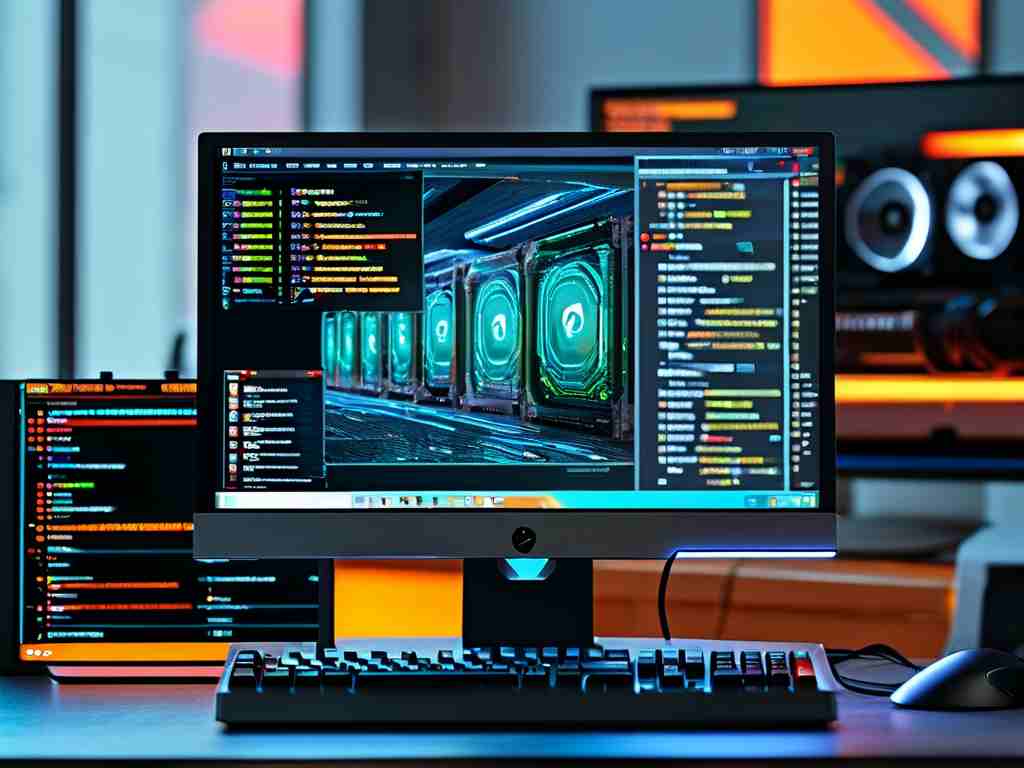Graphics cards are essential components in modern computing, especially for tasks like gaming, video editing, and 3D rendering. Their memory, often referred to as VRAM (Video Random Access Memory), stores textures, frames, and other data to ensure smooth performance. Monitoring this memory is crucial for diagnosing issues and optimizing system efficiency. In Windows, the built-in Task Manager provides a straightforward way to track VRAM usage, helping users avoid bottlenecks that could slow down applications. This article delves into how to access and interpret graphics card memory data in Task Manager, why it matters, and practical tips for maintaining peak performance. By understanding these insights, you can enhance your computing experience without relying on external tools.

To begin with, VRAM functions as dedicated memory on the graphics card, separate from the system's RAM. It handles high-speed data transfers for visual elements, such as in games where detailed environments load quickly. When VRAM fills up, the system might resort to using slower shared memory from the main RAM, leading to lag or crashes. That's where Task Manager comes in—it's a free utility in Windows that offers real-time monitoring without additional software. Opening it is simple: press Ctrl+Shift+Esc or right-click the taskbar and select "Task Manager." Once launched, navigate to the "Performance" tab. Here, you'll find a list of hardware components on the left sidebar; click on "GPU" to view detailed statistics. The GPU section displays various metrics, including dedicated GPU memory usage. For instance, you might see entries like "Dedicated GPU Memory" showing how much VRAM is currently in use out of the total available. This data updates dynamically, allowing you to spot spikes during intensive activities like running a graphics-heavy game or editing a large video file.
Interpreting the memory readings requires some context. Dedicated memory refers to the VRAM solely allocated to the GPU, while shared memory indicates portions borrowed from the system RAM. High usage percentages—say, above 90%—often signal potential problems, such as insufficient VRAM for your tasks. For example, if you're gaming at high resolutions and notice stuttering, checking Task Manager might reveal VRAM maxing out, prompting you to lower settings. Similarly, in professional workflows like CAD design, sustained high memory use could indicate inefficient resource handling. Beyond just numbers, Task Manager shows trends over time; you can observe how memory consumption changes with different applications. This helps identify memory leaks or rogue processes. To illustrate, if a background app like a web browser with multiple tabs consumes unexpected VRAM, closing it could free up resources instantly. Additionally, the utility provides GPU engine utilization, which complements memory data by showing processing load. Together, these metrics offer a holistic view of your graphics card's health.
Why is monitoring VRAM so vital? For starters, it prevents performance degradation. In gaming, inadequate VRAM can cause textures to load slowly, resulting in visual artifacts or frame drops. Creatives using software like Adobe Premiere Pro might encounter rendering errors if memory limits are hit. Moreover, in multi-monitor setups or VR applications, VRAM demands escalate, making oversight essential. Neglecting this could lead to hardware strain, reducing the lifespan of your GPU. Beyond troubleshooting, regular checks empower users to make informed upgrades—if Task Manager consistently shows VRAM near capacity, investing in a card with more memory might be wise. It's also a security aspect; malware sometimes exploits GPU resources for crypto-mining, and unusual memory spikes can alert you to such threats. Overall, leveraging Task Manager for VRAM monitoring is a proactive step toward system longevity and efficiency.
Optimizing your graphics card memory involves practical adjustments based on Task Manager insights. First, ensure drivers are up-to-date; outdated versions often mismanage memory, so visit the manufacturer's site (e.g., NVIDIA or AMD) for the latest updates. Next, tweak application settings: in games, reduce texture quality or resolution to lower VRAM consumption. For everyday use, limit browser extensions that hog resources. If shared memory usage is high, consider adding more system RAM to alleviate pressure. Also, close unnecessary background apps via Task Manager's "Processes" tab to free up VRAM. In cases of persistent issues, tools like DirectX Diagnostic (run "dxdiag" in Command Prompt) can provide deeper diagnostics, but Task Manager remains the go-to for quick checks. Remember, overclocking your GPU might boost performance but monitor memory temps and usage closely to avoid overheating. For code snippets, you can use PowerShell to log memory data: Get-Counter "\GPU Process Memory(*)\Dedicated Usage" -Continuous provides real-time tracking. However, always prioritize built-in tools for simplicity.
In , mastering graphics card memory monitoring through Task Manager is an invaluable skill for any PC user. It demystifies performance issues and fosters better hardware management, from casual browsing to demanding creative work. By regularly consulting Task Manager, you can detect inefficiencies early, apply optimizations, and extend your system's capabilities. Embrace this approach to enjoy smoother, faster computing without the need for complex solutions. As technology evolves, staying informed about VRAM usage will only grow in importance, making Task Manager an indispensable ally in your digital toolkit.

